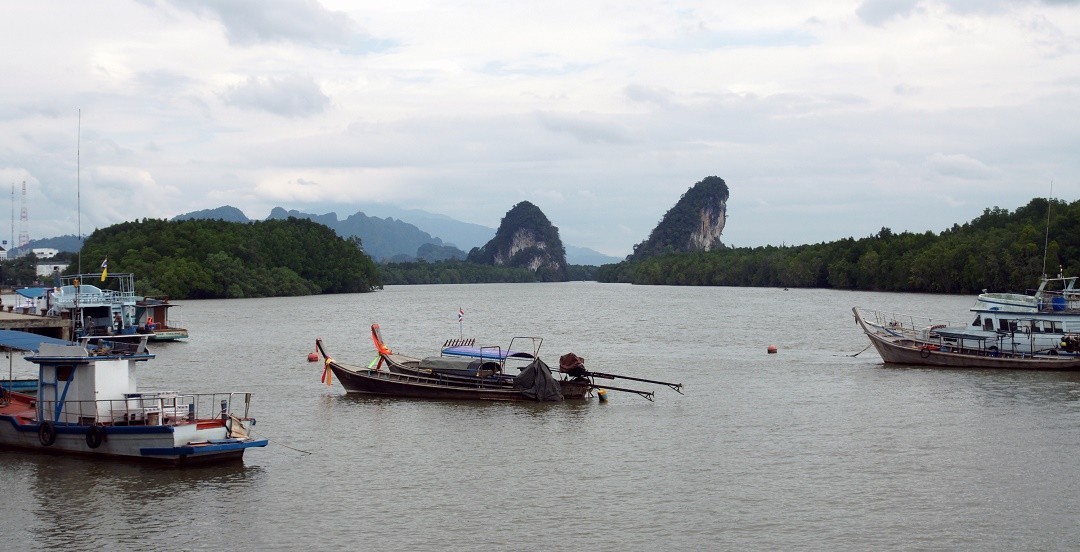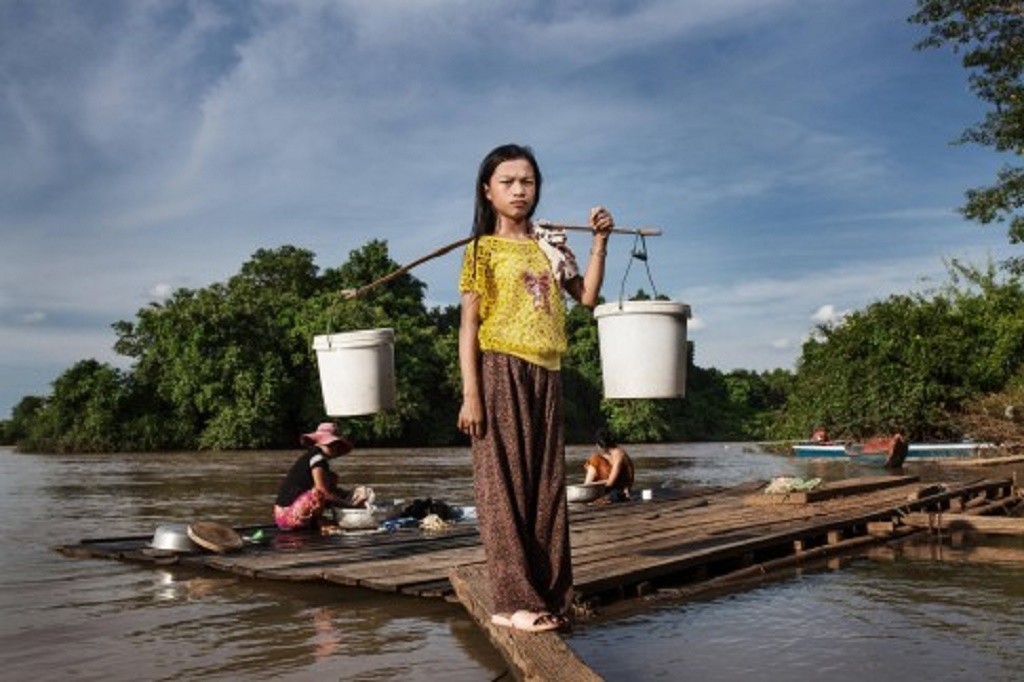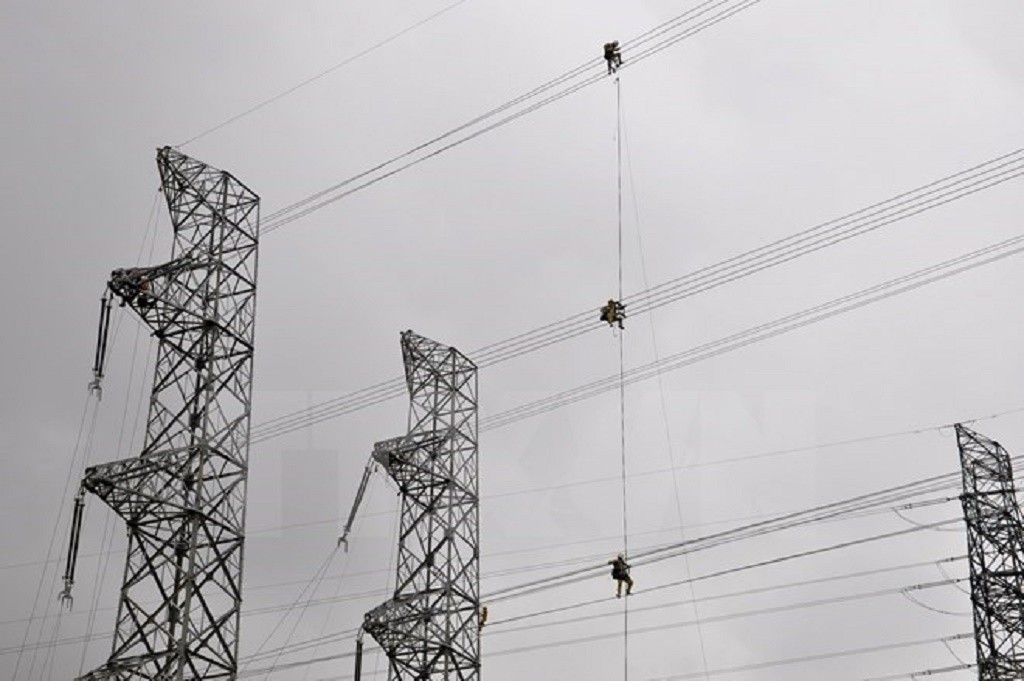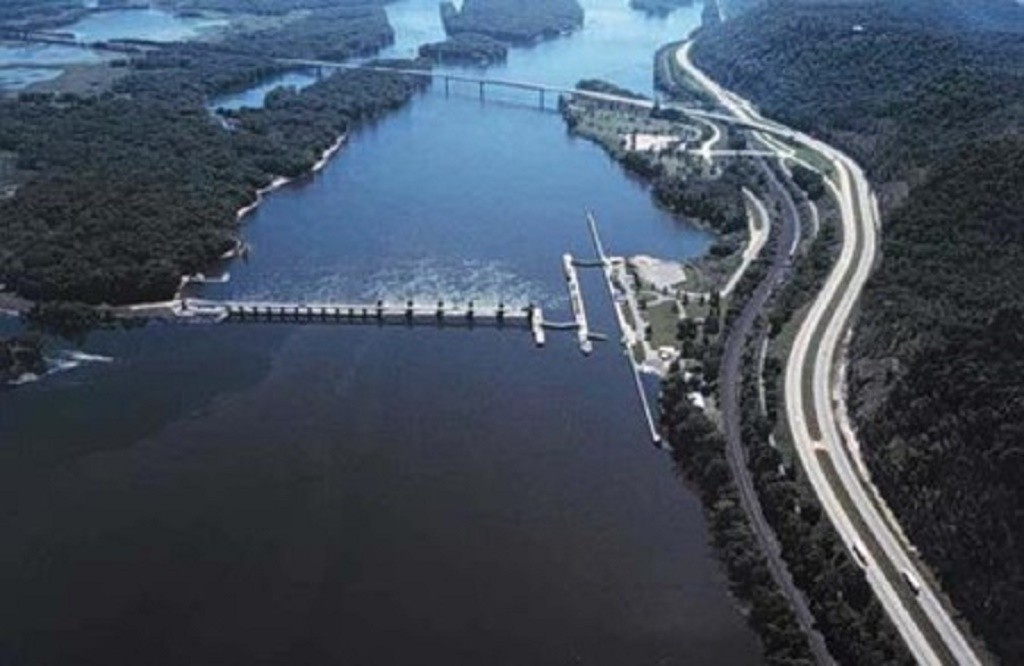Government and industry say China is meeting environmental goals. Skeptics say yeah, right.
Category: Region
Selected environmental stories from media outlets in the Mekong region and beyond.
Thai military intimidates environment researchers in Isan
Military officers in Isan, Thailand’s Northeast, intimidated academics and students on environmental research in areas with potash mining planned.
Kubota continues expansion in Thilawa
Japanese agricultural equipment firm Kubota is set to construct a machinery assembly plant in the Thilawa, according to Japanese financial journal Nikkei Asian Review. The move continues the company’s expansion in the Special Economic Zone (SEZ) at Thilawa port, located some 25 kilometres southeast of Rangoon.
Krabi power plant ‘will have little environmental impact’
THE COAL-FIRED power plant and coal transport pier planned for Krabi province will have only a small environmental impact on the area, according to some researchers. A study of possible effects from the power plant and Klong Rua coal transport pier was funded by the Electricity Generating Authority of Thailand (Egat). The findings were disclosed at a press conference hosted by the Institute for Population and Social Research and Egat at Mahidol University on Monday.
HAGL pact hailed as a ‘good step’
A landmark agreement between Vietnamese plantation firm Hoanh Anh Gia Lai and three indigenous communities in Ratanakkiri was reached yesterday, prompting hope for an amicable conclusion to the years-long dispute.
China-built dam in Cambodia set to destroy livelihoods of 45,000
The thump of jackhammers and the whine of drills pierce the air, workmen in orange safety hats beaver away and a massive concrete wall rises slowly above the river. Here, in lush northeastern Cambodia, the US$800 million Lower Sesan 2 Dam stands as a potent symbol of China’s growing reach, and Beijing’s ambitious plans to expand its influence across Asia by building desperately needed infrastructure.
Work starts on Nghi Son 2 thermal power plant
Construction began on the Nghi Son 2 Thermal Power Plant at the Nghi Son Economic Zone in the central province of Thanh Hoa on September 18. The plant is being built at a total cost of 2.3 billion USD, with 25 percent contributed by a joint venture between Japan’s Marubeni Group and the Republic of Korea Electric Power Corporation (Kepco) and the remaining coming from foreign banks.
Environment group voices concerns over Mekong dam
An environmental watchdog based in Viet Nam is asking the Laos government to reconsider the construction of a controversial hydropower plant along the Mekong River. The non-governmental organisation Viet Nam River Network issued a press release last Friday stating that the Don Sahong project, the second largest dam approved by the Laos government, would adversely affect the area.
5 reasons why dolphins should be given ‘human’ rights
As Southeast Asia struggles to save the last of its Mekong River and Irrawaddy Dolphins, some ponder: should these remarkably intelligent animals be given “human” rights?
Perennial dam project threatens locals’ way of life
“The forest is our main source of food year round. Our lives are tied to it,” said Mr Pan, 57, also the head of a two-century-old village located in the forest of Ob Khan National Park’s Mae Khan River basin. But this lifestyle based on nature is under threat. The villagers have lived with anxiety for 20 years under the shadow of a dam construction project that has been dusted off by successive prime ministers despite the villagers’ protests.










